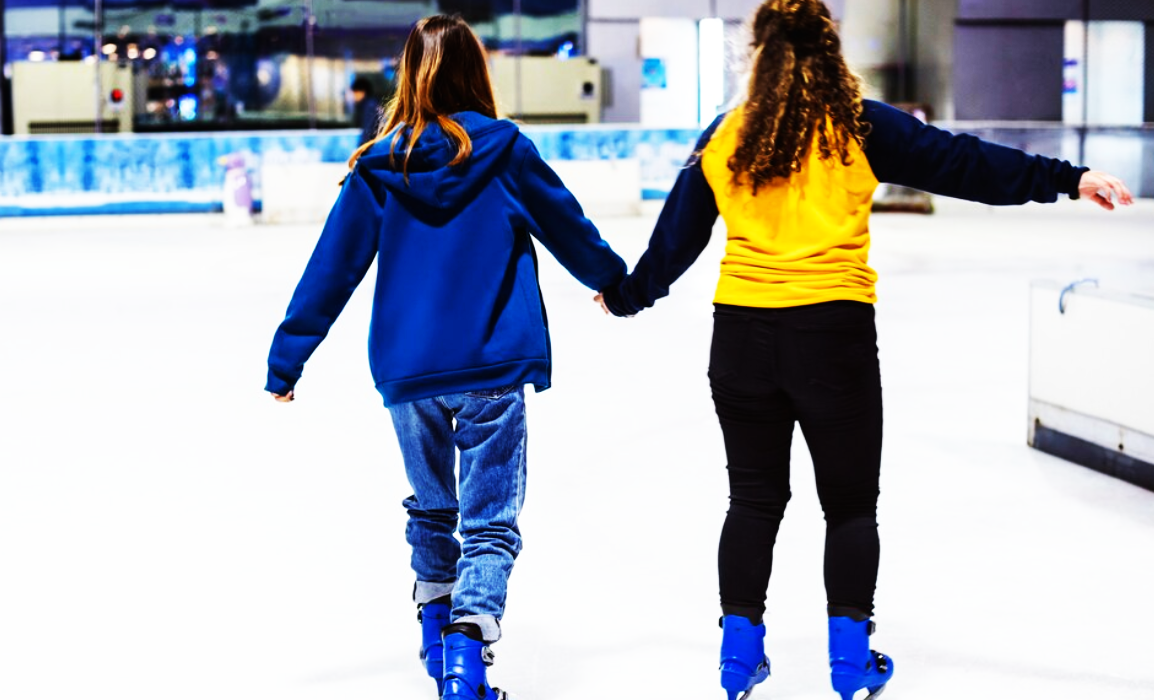What Is Synthetic Ice?
Synthetic ice is an artificial skating surface made from durable plastics designed to mimic the feel of natural ice. This technology permits skating and hockey training in any environment, providing flexibility and convenience for athletes and enthusiasts. Unlike traditional ice, which requires specific cool temperatures and refrigeration to maintain, synthetic ice surfaces do not require refrigeration, making them practical for both indoor and outdoor use. The ease of setup and minimal maintenance needs make synthetic ice an accessible option for varied spaces.
Benefits of Synthetic Ice
One of the primary benefits of synthetic ice is that it can be used year-round, indoors or outdoors, and is not affected by temperature. This makes it an excellent option for regions with warm climates or limited access to ice rinks. The consistent availability allows skaters and hockey players to practice without the need for seasonal adjustments. Additionally, synthetic ice surfaces are cost-effective in the long run as they eliminate the need for refrigeration and constant ice resurfacing. The convenience and accessibility of synthetic ice allow for continuous practice and improvement for skaters and hockey players alike, reducing the gaps in training calendars.
Accessibility and Convenience
Synthetic ice provides an opportunity for people who would otherwise have limited access to ice rinks. It can be set up in homes, community centers, and schools, enabling more individuals to participate in ice sports. The flexibility of synthetic ice means that any flat surface can be transformed into a skating rink. This adaptability helps communities with limited space or resources to create recreational and training areas, fostering a more inclusive environment for ice sports.
Installation Process
Installing synthetic ice is a straightforward process that involves laying interlocking panels over a flat surface. These panels are designed to fit together seamlessly, creating a smooth and stable skating surface. It’s important to ensure that the underlying surface is clean and level to prevent any irregularities that could affect the quality of the skating experience. Additionally, the panels can be customized to fit various spaces, from small practice areas to full-sized rinks, making synthetic ice a versatile solution for different needs.
Step-by-Step Installation
- Prepare the underlying surface by cleaning and leveling it to ensure that there are no bumps or debris.
- Begin laying out the panels from one corner of the space, aligning them with care to ensure proper interlocking.
- Interlock the panels by aligning the edges and pressing them together firmly to avoid gaps.
- Ensure that there are no gaps or overlaps between the panels, creating a continuous and smooth surface.
- Once all panels are in place, check for smoothness and stability and make any necessary adjustments for optimal performance.
Maintenance Tips
Maintaining synthetic ice is relatively easy compared to natural ice. Regular cleaning is essential to keep the surface smooth and ensure optimal glide for users. Dust and other buildup can be removed with the use of a damp mop or soft broom. It’s also advisable to occasionally use a dedicated cleaner or conditioner designed for synthetic ice to maintain its properties. This helps to keep the surface in the best condition for skating. Moreover, make sure to clear any rough spots or nicks to prevent them from affecting the skating experience.
Regular Cleaning
For daily maintenance, a soft broom or mop is usually sufficient. Regularly using these tools helps maintain a clean surface free of dust and debris. For deeper cleaning, a synthetic ice cleaner can be used to remove any stuck-on debris and maintain the surface’s glide. These cleaners are designed specifically for synthetic ice and can restore the surface’s optimal skating qualities, ensuring a longer lifespan and better performance.
Training and Practice
Synthetic ice offers a consistent surface for training, allowing athletes to focus on technique without worrying about ice quality. Skaters can practice routines, improve their stamina, and work on their balance. The year-round availability of synthetic ice means that seasonal changes or access issues do not interrupt training schedules. For hockey players, synthetic ice provides an excellent platform for practicing shooting, stickhandling, and game scenarios. The surface can be used with standard ice skates, although some users may prefer skates sharpened specifically for synthetic ice to optimize performance and feel more comfortable during training sessions.
Versatility in Training
The consistent surface of synthetic ice allows athletes to replicate on-ice movements and drills without needing to adapt to varying ice conditions. This consistency is invaluable for refining skills and techniques, as athletes can repeatedly practice specific moves and strategies. Continuous access to a practice surface can significantly improve skill retention and performance during actual games or events.
Synthetic Ice in the Community
Synthetic ice is becoming increasingly popular in community centers, schools, and even at home. Its accessibility allows more people to engage in ice sports, promoting physical activity and communal engagement. Many communities have adopted synthetic ice as a means to provide continuous sports training and recreational opportunities. This trend supports athlete development and fosters community spirit and participation in ice sports. The presence of synthetic ice rinks in communities can lead to more organized sports events, training programs, and public skating sessions, enhancing the community’s overall wellness and connectivity.
Supporting Youth and Community Programs
By providing a year-round surface for ice sports, synthetic ice rinks can support youth programs, community events, and recreational activities. This accessibility promotes healthy living and active lifestyles within the community. Youth programs can benefit from the consistent availability of a training surface, allowing young athletes to develop their skills continuously. Moreover, community events hosted on synthetic ice rinks can bring people together, fostering a greater sense of community and encouraging physical activity.




